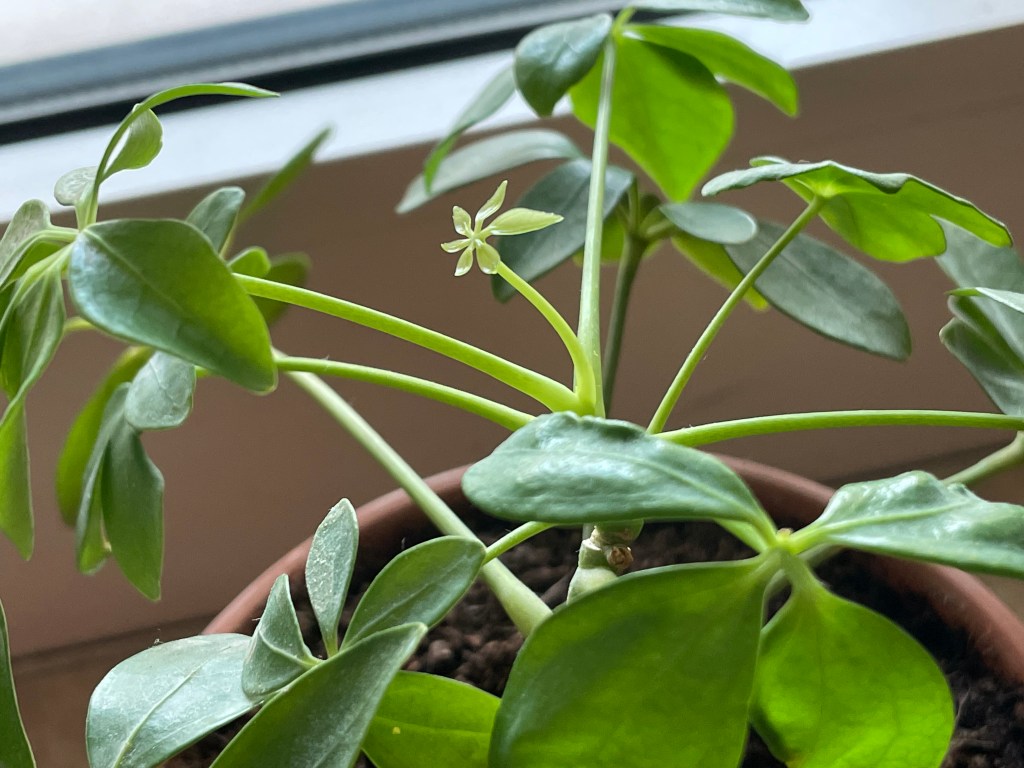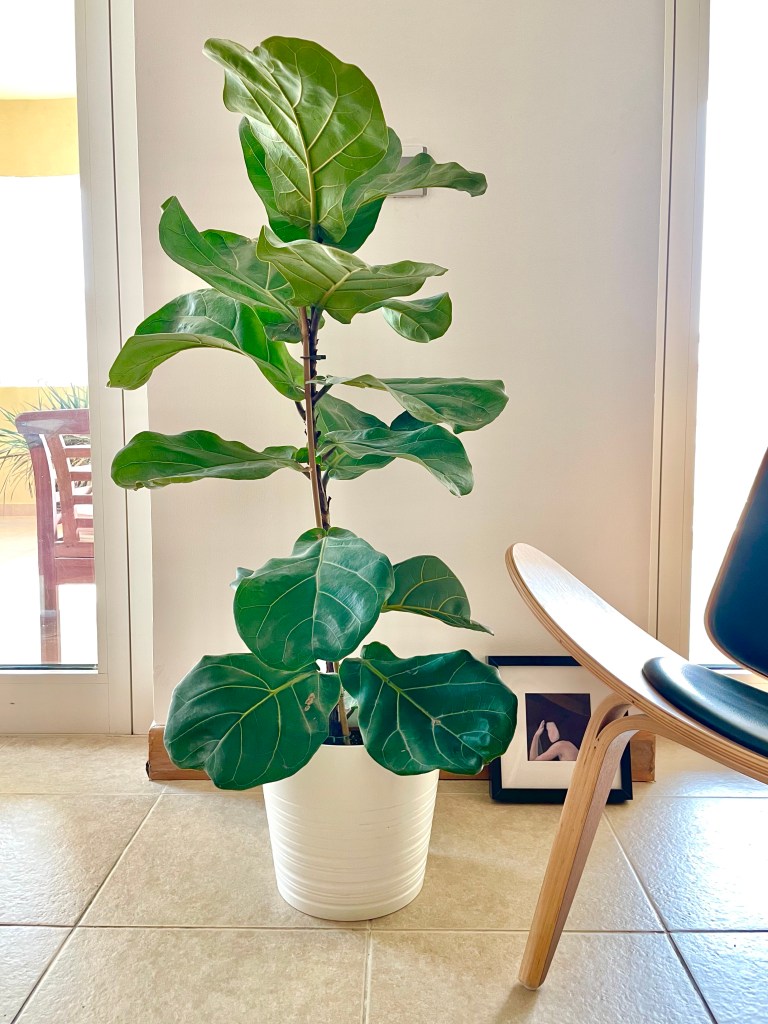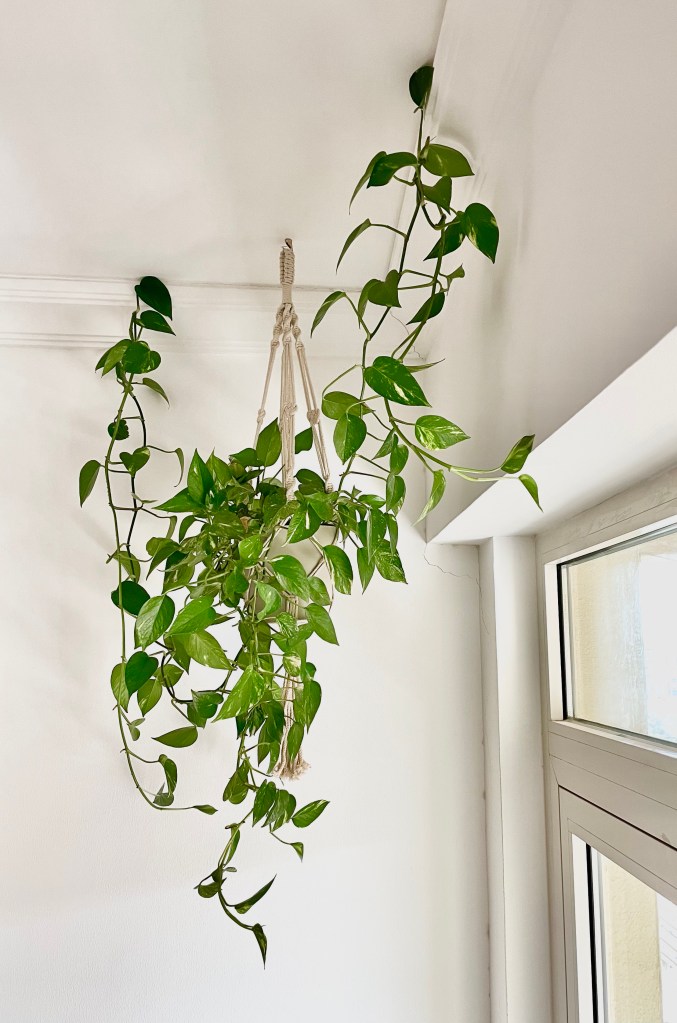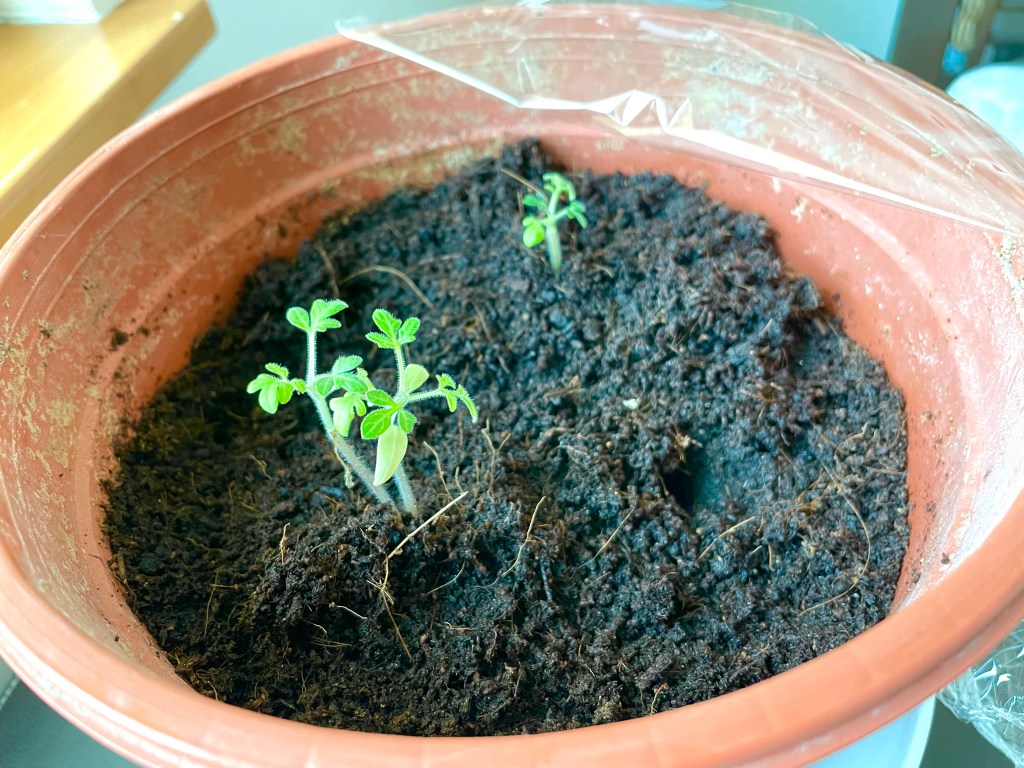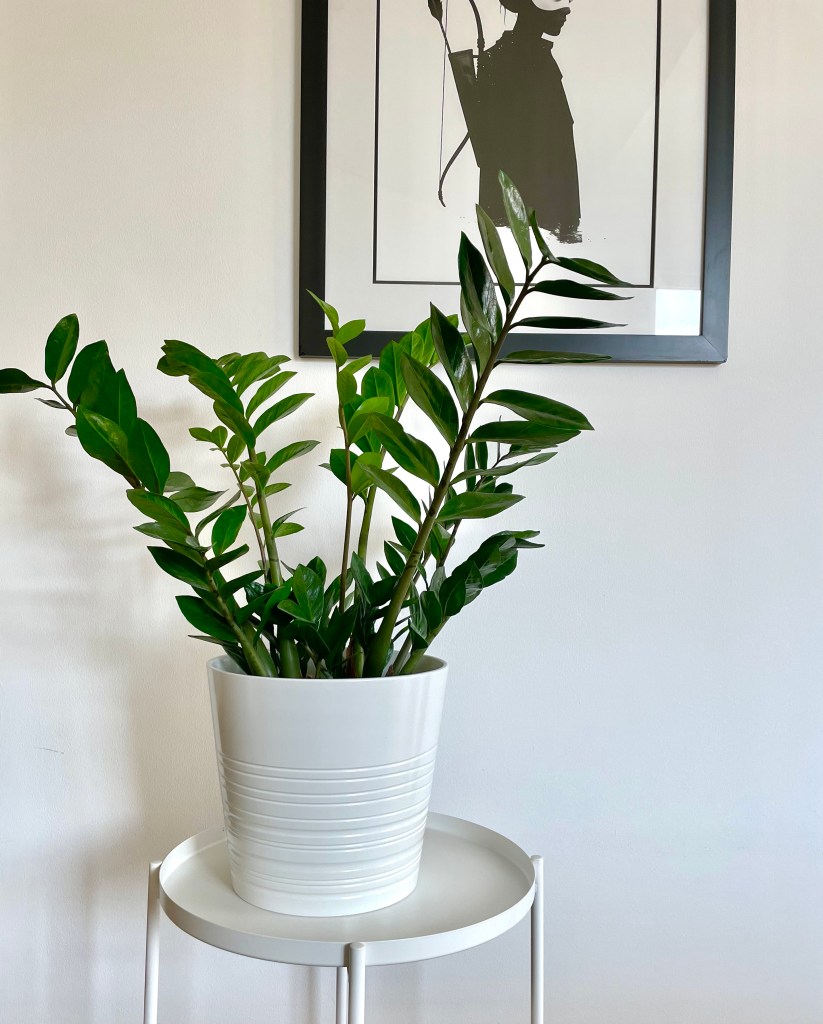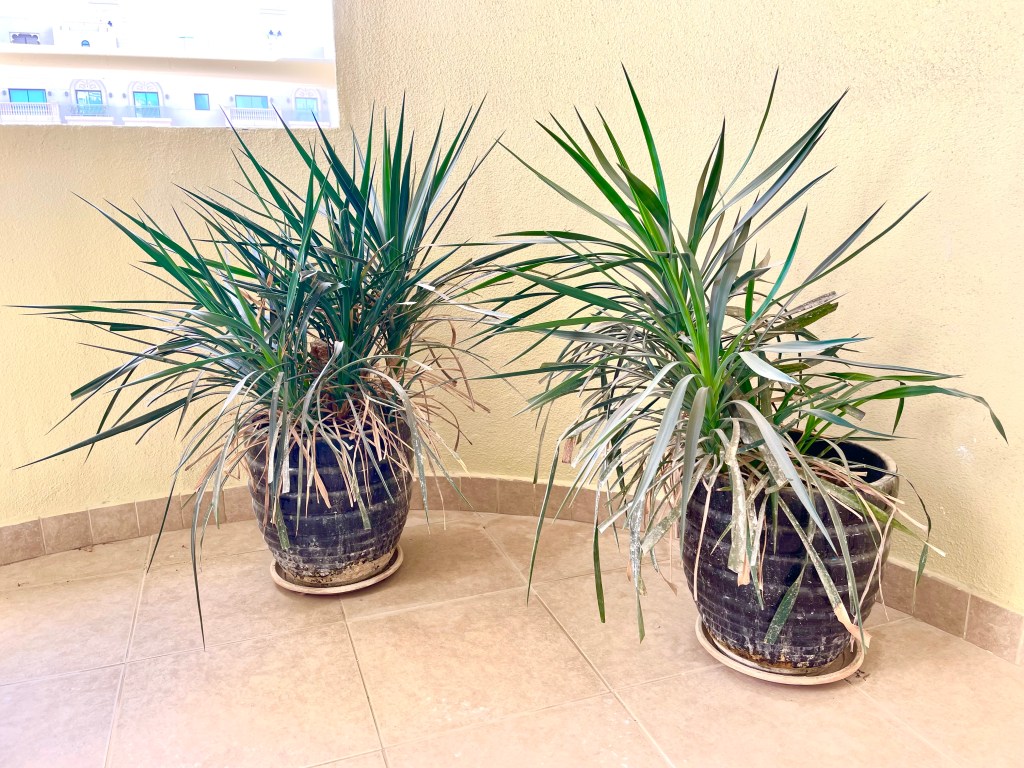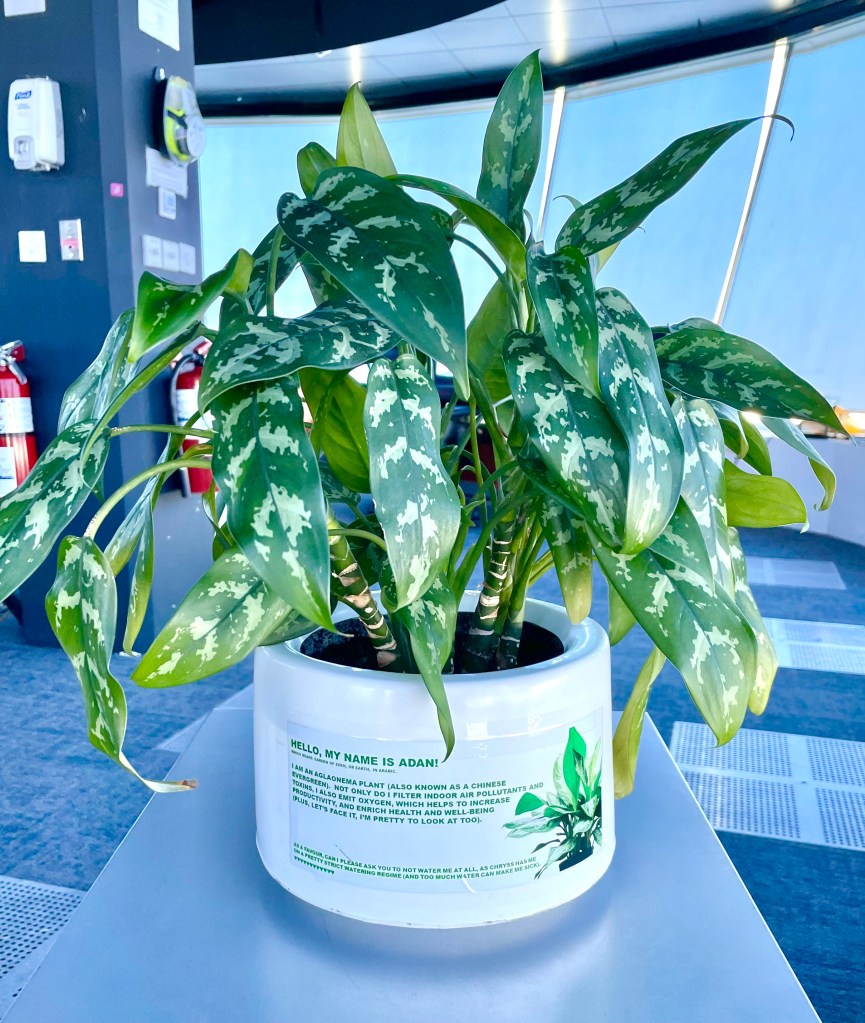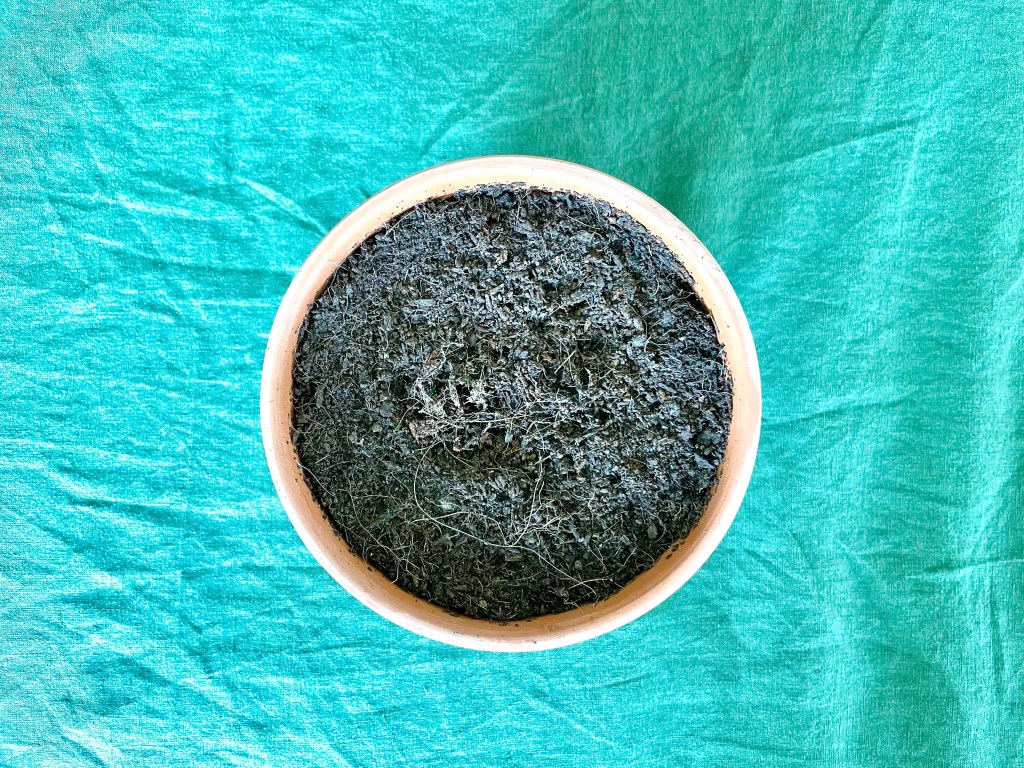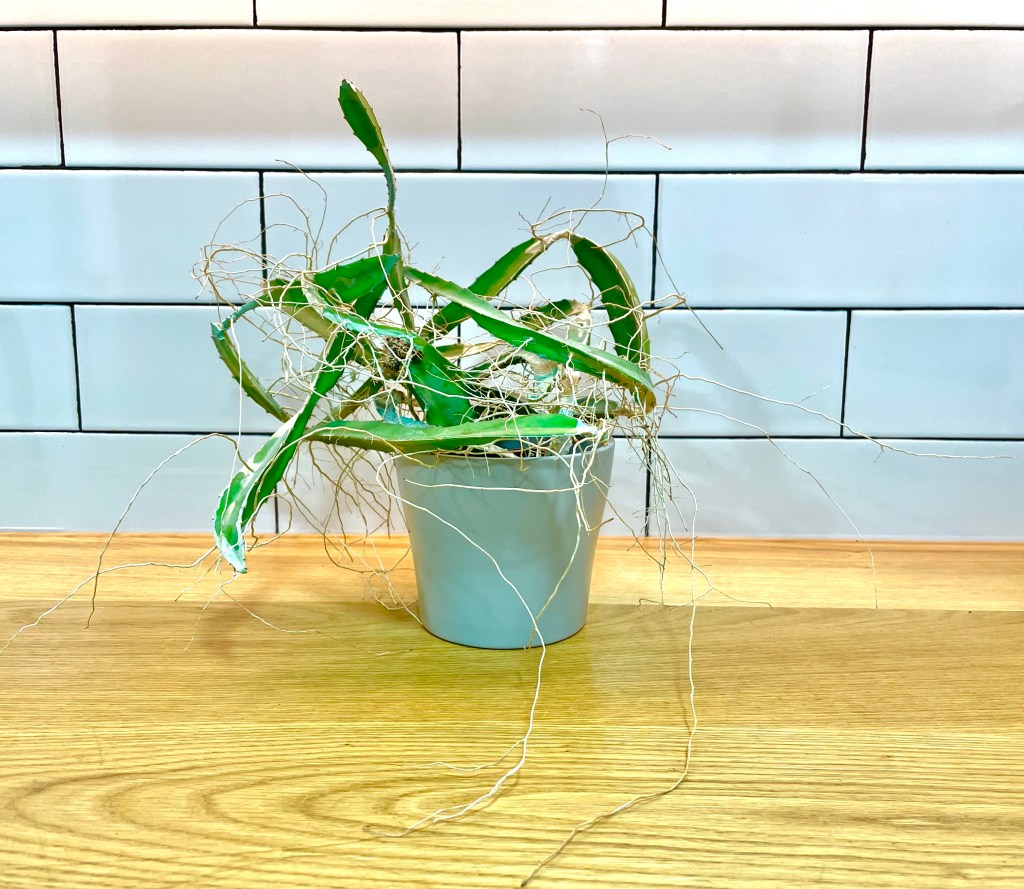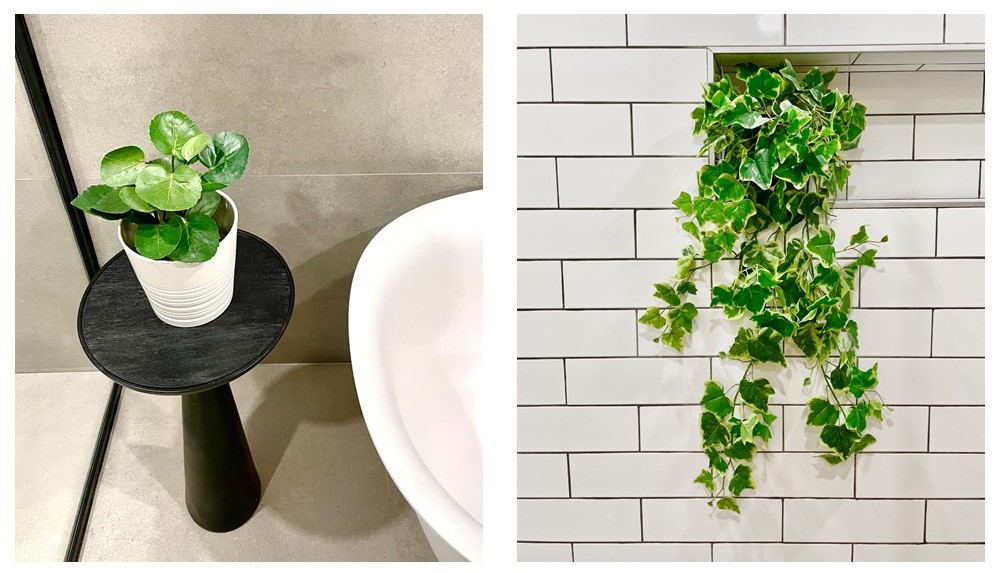My friends Andrew and Chris were recently talking about all the work they’d done to their homes in an effort to make less of an impact on the environment. I’d been aware that they were pretty clued up about this kind of stuff but I was blown away to learn exactly how much they knew. I asked them if they would be interested in sharing the wealth of knowledge and experience they’ve amassed over the years with all of you, and they both said yes. You’re welcome, readers!!!
Chryss: So let’s get started with what people can do to reduce their energy consumption in the home.
Chris: I think home efficiency first, including draught-proofing, double glazing, etc. Then maybe electrification; convert to an all-electric home including solar, heat pumps, aircon, heating and hot water. Efficiency can be very cheaply done and have massive wins. Whereas changing the house to all-electric is more of an investment.
Andrew: For house efficiency, draught-proofing is #1. It’s very cheap, and will payback in a year. Glazing; there are millions of types. Maximum reduction is replacing the entire window (with either double or triple glaze) but it’s also highest in cost. Best value for money in glazing is window insulation film. The average house uses 40% energy for heating, 30% for lighting and 30% on the rest. A well designed house basically chops the heating by 80%, the lighting by 70% and leaves the rest.
Think about reducing your consumption of energy. Use the house like in the old days, open the windows at night and in the morning for fresh and cool air, and shut them during the day. This costs zero dollars, but equals big comfort. If you want to spend maximum dollars for maximum return, get a high coefficient of performance aircon. High COP means that for each unit of electricity consumed from the grid, you generate five or six units from your aircon/heat pump/fridge etc. Solar panels are a no-brainer in Australia. You can payback in four years for most people in Melbourne now. Which is a pretty nuts return on investment. Plus you become more sustainable. It wakes people up to what the hell they are consuming when they look at an app and see all the things chewing the electricity.
So, the order in “bang for buck” is draught-proofing, then lighting, then curtains/blinds, then windows. All of these are ‘passive’ improvements so they don’t use energy to be beneficial. Also they can’t really break or become obsolete. Then you can move towards energy efficient equipment. There’s no need to buy new, but just replace old appliances with the latest; things like fridge, induction stove, etc. (exceptions to this are getting rid of plasma TVs, or replacing an old dryer with a heat pump dryer – these are immediately beneficial). Even the new kettles that can boil just one cup. This is the important bit.
Then you go active. With aircon, proper LED lights, a heat pump if you have cash for hot water, otherwise use solar hot water. Then you reduce external inputs to the house. Get solar panels. As Chris said, if you can get off gas that’s great (I haven’t succeeded so far).
Chris: Another thing is shading. You can use natural elements to shade walls. For example, a new house around the corner from me has a north-facing, double-storey, single width, BLACK brick wall, with NO insulation. Talk about crazy. Now, if they mounted a huge trellis over that wall, and grew a passionfruit plant, or grapevines, we’d have three things in great play. Shading for a huge heat sink to prevent the wall from getting the sun, we’ve put in plants to help absorb CO2, and, the kicker, we’re growing delicious, home-grown food. People often think of high tech when, really, we can use nature to our advantage in so many ways. For example, in Coober Pedy they build houses underground.
It “feels” more natural to work in harmony with nature than to fight against it with, for example, pesticides, herbicides, mono-cropping, etc. But for betterment of self and the planet I like the word stewardship as it elicits a desire to look after something for a short period of time (our life), to pass on a better world to future generations. We are stewards of the planet, which means we should be embracing appropriate technologies that allow that. Sure, allow modern life to remain in place and to advance, but also embrace nature and natural processes that have been around for millions of years. For instance, why make a CO2 capturing machine, which is highly complex, when you could just plant a forest?? Or, just use cows to restore soil, restore nature, and consequently capture carbon, and feed us at the same time.
Andrew: I mean I could go to town on it all, but it will just bore people and turn them off. I have read the IPCC (Intergovernmental Panel on Climate Change) reports and actually worked with clients on trading carbon credits etc. so I do have some clue, but there’s still plenty to learn.
Chris: I don’t think people are that interested though, are they? Solar, sure. It’s perfunctory though; buy solar panels, move on with your life. Big efficiency, lifestyle changes, lowering CO2, those are the much bigger life changes needed. As Andrew said, no one is truly really engaged with those. Or maybe they are, I dunno. It’s a very big topic, way beyond solar. Our goal should be reversing our impact on the planet. Our goal with solar is to make our current lifestyle sustainable, but unfortunately if we sustained our current level of use of everything, we’d be toast. Precious metals are being depleted at rates that simply can’t be sustained more than 30-40 years. Arguably, our most valuable asset, top soil, has about 30 seasons left. Instead of sustainable, the thing we need to think about now is regenerative. I think it’s important to point out that lifestyle change is needed, and that simply adding solar isn’t a “Well, I’ve got solar. I’m done now” proposition. My perspective is that solar is but one of many steps we can take to address our impact.
Andrew: Learning about all of the things you can do, I realised that different elements can be prioritised; whether it’s reduced energy bills, more self-reliance, less carbon emissions or just a sense of shared help for others. Any step people take is a step in the positive direction!
Chris: It would be good to explain the “why” though. People can make all the changes their wallet desires, but the “why” behind the change might put things into perspective and inspire more? Long lasting change, that is. Solar panels and generation of electricity is pretty much a commodity. It will save people money over five years, so it’s an easy sell. As is cutting gas and going to an all-electric house. Try convincing anyone they need a drop toilet though.
Chryss: Can I ask you both to talk me through your own personal journeys of how you arrived to where you are now, in terms of your commitment. I’ve known you both for nearly 25 years, and I can’t remember you being this interested in saving the environment back in the day. So how did you both get to this point? Also, do you think that becoming parents has amplified it at all?
Chris: About eight years ago I went on a health journey that started with, “You need to take statins”. After researching that and deciding I didn’t actually need them, I ended up learning a lot more about food, and health. I lost 40kg, and 33cm off the belly, cured a lot of other ills I didn’t even know I had, and I am now in the best health of my life. Part of that health journey led me into looking at food, and resulted in me doing a course in permaculture, which is about sustainable living, sustainable lifestyles, growing food, and living a life more in line with nature.
We need to be able to pass on a better world to our children (or to future generations, for those without kids). This doesn’t mean sacrificing modern lifestyle – it’s just about being more mindful, and making positive informed changes. Sure having my own child has maybe brought that to bear a little more, but I’d like to think I care enough about everyone else that I would have made those changes anyway.
Andrew: So I got into what I call acting sustainably in a very slow fashion, starting as a teenager, thinking about why the snow in the mountains was greater or lesser each year. I read STARK by Ben Elton as a late teenager, and later the IPCC, which is the entity that publishes the climate change research and the various consolidated scientific models on this. I was focused on what the impact would be in the various places that I cared for (Melbourne, France, the mountains).
I also disliked the very emotive language used (little did I know how pervasive it would become). This was early 2000s, before Al Gore etc., and I wanted to get to the analysis sitting under it, to protect myself and my investments. Since becoming a father, this has not changed, I believe. The action that I take will not make one bit of difference. I am doing it to simply say to myself that I did something to reduce my impact on the world, and also to reduce my financial risks (i.e. if I have lower electricity costs, then I need less income/salary to live day-to-day).
Chryss: What exactly have you guys done to your homes? And why? Could you please go into as much detail as you can.
Chris: I’ve converted my entire home from using gas and electricity to an all-electric house. We completely decommissioned the gas. In place of the gas central heating, gas hot water and gas cooktop (which are all very inefficient) I’ve installed a 6.6kw solar system, heat pump (often called reverse cycle) heating and cooling in each room and a heat pump hot water system (which heats during the middle of the day only). For a couple of years we had a portable IKEA induction cooktop simply positioned on top of the unused gas cooktop, but recently we bought a new oven stovetop with induction built in. Those portable IKEA induction cooktops are excellent though, as a temporary measure, for $59. By switching from gas to electricity it did several things. We’re safer, as gas leaks account for a LOT of the methane in the atmosphere and can often leak into the house. We also ditched the connection fee for gas, leaving us with a single, low connection fee for electricity (with Tango Energy, which also has a low kwh charge, and a good feed-in tariff).
In addition to those things I personally sealed up the house, making a priority of draught-proofing. This was the first step I took in improving my home efficiency. Any gaps in walls, floors, doors and windows got either a tight silicone strip or a silicone seal, to ensure no air leaks. I also sealed up all the internal air vents, all the internal central heating vents and all the gaps behind appliances and under sinks. Building contractors just smack holes in walls for wires and plumbing, so sealing up these big gaps is crucial to efficiency. Check your entire building envelope for air gaps! I also sealed up all the chimney cavities with cut up bits of foam mattress bought from Clark Rubber.
We use to have on-demand gas hot water. A stored heat pump hot water system is by far the most efficient when used in combination with solar. I know some dudes who did in-depth analysis on all of the hot water heat pumps, and Sanden was the winner so we got that. We only heat between 12pm and 2pm (peak solar times), and it’s perfect hot water at any time of day. We bought other new appliances too. We now have four Mitsubishi reverse cycle coolers/heaters. The old dishwasher, washing machine, large commercial freezer, oven and cooktop, kitchen extraction fan, light fittings, wall/kitchen and bathroom fans were all replaced with low energy efficient versions (with backdraft protection, to prevent air leaks). We reduced the number of appliances needing power. We turn them off, replaced them, or just got rid of them.
I replaced all the windows in the north facing kitchen area with double glazing myself, and even managed to feature in the ReNew Magazine a couple of times with my home handyman work. We invested in a full roof replacement, using lighter coloured Colorbond sheets, and we installed R6 roof insulation (due to limited space we used foil lined foam panels specifically designed for cathedral ceiling spaces). We installed a 6.6kw solar system, fed back into the grid to effectively use the mains grid as a “battery” so we can draw back when there is no sunlight, and to minimise costs. For about five months of the year we have zero electricity costs, for another four months it’s about 50% and the three months over winter it’s about 10% fed back into the grid. We’re on track to pay off our solar in less than four years.
Outside, I put in plants that provide shade for north and west facing walls in summer. These produce food (grape, raspberry, kiwi berry), draw CO2 from the atmosphere, and they look pretty. I installed a measured irrigation drip system with a solar powered pump for efficient use of water, a 3000 litre water tank for rain water collection and I also diverted all downpipes to the water tank. We got a bee hive to pollinate our plants and also to provide honey (not that we eat it, but we can trade with it or give it away). I removed all the non-productive plants, for example the 15 metre lilly pilly plants at the rear of property, and replaced them with three apple trees, three pear trees and other productive food plants, allowing more sunlight to the backyard, for us. We grow a lot of our own berries and fruits in water-efficient wicking beds (hundreds of plants in total). It’s no secret that a LOT of the food we buy is one of the biggest carbon footprints. For instance, where did that banana come from? And where was that Coles/Woolies bread made? Where was the soy in that Bonsoy milk grown? So one of the biggest things we can do to reduce our impact is to buy local, in-season produce, and direct from farmers. For example, the beef I buy is from a farmer I know who is less than 100km from my house. We can reduce our own fossil fuel use, but we also have to consider first, second or third hand usage too!
Finally, we grow azolla, a plant that draws nitrogen from the atmosphere and turns it into a great fertiliser, while being a great habitat for water animals. Also, bees can land on it and get water without drowning. We also grow comfrey, another nitrogen fixing plant used as fertiliser (both of these mean I don’t need to import fertilisers, and it’s all organic) and we keep all organic material (cardboard, kitchen scraps etc.) for the garden. There are lots of ways to be efficient beyond just electricity, but all have an impact on either energy use, or conservation.
Chryss: Andrew, how about you?
Andrew: My list is in priority order, meaning bang for buck, and not necessarily the order I actually did it chronologically. Bang for buck meaning maximum reduction in energy costs/liveability factor for minimum cost. I personally believe this is the only way to get people to move, which is slightly different to Chris’ view (I mean, I agree with his view, I just don’t think that other people will behave altruistically. I don’t behave altruistically so why should I expect others to).
Draught-proofing and sealing up gaps. I paid someone to come to the house and do this professionally. It cost me 1,200AUD. The person put dropdown seals on all the doors, filled in around all the windows, put draught stoppers in the bathroom exhaust fan, and silicon sealant in various gas wall vents. Payback on this is probably a year or so in winter heating bill reduction (our house was leaky, and still is)
LED lighting. First we replaced bulbs with LED globes. This works and is cheap to do. Everyone can start with this and reduce the lighting part of their bill by maybe 60-70%. It causes some heat loss due to the design of bulbs though, so I ultimately replaced them with full LED units (these have a computer inside the unit and are fully sealed so no leaks from your roof, which is a big deal with heat loss).
Roof insulation. Hot air rises. Melbourne is a heating dominated climate so we need to focus on improving heat retention. I put R6 insulation in the roof (actually R4 plus another lot of R2).
Solar panels. We paid way too much for very high end solar panels (with a slightly tricky install due to shadowing). Nevertheless, my panels output crazy amounts of kw. I have 8kw of panels, which means that for three months of the year I get paid, three months I pay nothing, and six months I pay a bit (we still use a lot of electricity). I installed a lot of panels, partly because whoever buys the house after us will always need a lot. Current payback period is about four years.
Underfloor heating. We replaced ducted with underfloor heating. This is NOT economic. I mean it’s 20% cheaper than the gas-ducted heating to run. But we will never recoup the installation cost. It was installed for allergy and comfort reasons. It’s very pleasant to have the house at one temperature, and a smart sensor means it switches off when it’s not needed. We also installed underfloor insulation (though there’s no need to do this unless you do something like underfloor heating).
Double glazing. We paid a lot of money for very well sealed double glazed units from Paarhammer. We could only afford to do the bedrooms. We like very quiet bedrooms so it was a key element. There is a good firm called Thermawood that can replace just the glass, keeping your wooden frame, which saves a fair bit and is quite useful for Melbourne houses.
Induction cooktop. This is good for cooking. Modern ones are much better than the previous models (we still have both gas and induction).
Dryer. Obviously the best option is to dry your laundry outside. But if you are going to have a dryer (and we do), then buy a heat pump dryer. These use fridge technology in reverse, are very mild on clothes and use very little energy
Heating/cooling. Similarly, install reverse cycle air-conditioning for the same reasons (it uses fridge technology, which means that each 1kw you consume gives you 6-7kw of cooling/heating).
Pool pump. Install one with variable speed pump and auto chlorinator. We don’t have a pool, for environmental reasons (and they are a complete schlep to maintain). But if you do, installing these reduces electrical and chemical usage.
I mean there’s lots of other things I have done that I don’t want to bore you with. For example, I bought a thermal camera (which plugs into an iPhone) to see where gaps are. I bought a meter to track consumption, planted trees, I’m riding my bike more, not buying replacement stuff. The old reduce, reuse, recycle (in that order). But there are still large errors in my behaviour. I am happy to fly (which, by far, has the biggest CO2 impact). I still use gas (as the cost to move to underfloor electric is astronomical). I still buy food from France. Hence I am not comfortable to say anything to anyone. Any step that someone takes is great as far as I’m concerned, it doesn’t matter how small.
Chryss: Seriously impressive guys. Hats off to you both. Now here are some questions that I’ve fielded from people who are interested in making changes but don’t know where to start.
What size unit would we need to cover our average daily energy usage?
Chris: You’d need to check your electricity bill to work that out, but my personal view is to maximise solar generation on your roof. I think most of the deals going around now are about $2000 for a 6.6kw system (after rebate). This is about 20-22 panels, so that’s fair chunk of roof. I have a 6.6kw system, 22 panels. This gives us five months electricity bill free, about four years payback. Current deals pay back in two years.
Andrew: Divide your daily bill by 3.5 so, for example, 35kwh of usage would need 10kw of panels. To be clear you will (in Melbourne anyway) generate 1.5x your panel size in winter and 5.5x in peak summer. Chris is right though. Panels are so cheap you should just get the maximum size that fits on roof, given labour versus panel costs. IKEA have a good offer at the moment. Payback period on that, assuming all self-consumption, is about two and a half years. Assuming just feed in tariff is five years. You get a return on your cash of around 30%p.a. for the self-consumption version. That’s not bad to feel good about your impact on the environment.
Is the additional cost of the top quality solar cells worth it for the extended warranty (25 years versus 10 years)?
Chris: Not sure I have an opinion on the warranty (I’d probably say top of the range is never, in any technology, the best bang for buck), but I will say this; most package deal systems out there use Tier 1 panels, e.g. Jinko Tier 1, and they come with 25 years warranty anyway.
Andrew: Yes and no. Focus on what percentage the panels are scheduled to generate after ten years. Also better quality panels will have lower reduced losses if temperature is higher (look for a low temperature coefficient). If you want maximum output, generally it’s easier to just add more panels. The key to keep cost down is to check if you have any shadowing due to chimney/trees etc. If you do, then you need to look into optimisers or microinverters, which are mini computers that optimise the output of each panel if there is shading (if you don’t have them, then in one line of panels you can only produce at the lowest output of any of the panels, which can significantly chop your output).
What kind of solar panels are good, and why? What inverters would you recommend?
Chris: I recommend Tier 1 manufacturer, with a moderate panel. I wouldn’t choose the most efficient, but probably 3rd or 4th down in the range (about 330w). Like all tech, don’t bother with the top of the range – it will pay you back, but it will be a much longer timeframe. I’m sure Andrew will touch on this, but a decent panel with Enphase microinverters is probably considered the “best” but only because it handles shading, and partial solar generation. If you don’t have much shading, like me and unlike Andrew, then you can get good Tier 1 panels with a string inverter, and you end up producing just as much (maybe more as there is less wiring) pound for pound than more expensive options. The price difference in setup? We’re talking $15k+ versus around $2k. Shading on the roof is the factor in determining this.
Andrew: Bang. Nothing to add.
Any idea what impact solar panels have on roofing? For instance new Colorbond roofs state that the warranty ill be invalidated if solar panels are installed. Any idea why?
Chris: I don’t know. They pull up screws in your roof, and attach the frame through those same holes, so there are no extra holes. The impact solar panels do have, a very positive impact in my opinion, is that they provide shading on your roof. The sun never hits the sunniest parts of your roof, so this keeps your roof from getting as hot, and thus lowers your cooling requirements! Win-win.
Andrew: Agree. If you get a decent installer, there is no problem as they mount on a frame (having said that I have tiles, so I don’t have specific experience). One thing I’d suggest is to make sure you put as many panels west facing. You can thank me later. But generally put as many panels as you can fit on.
How much more would we need, if we wanted to charge an electric vehicle every day?
Chris: Good question. I’m not sure I have the specific answer as it varies by the amount of charge/energy you use in the car, and when you’re charging it. If we go back to the previous point, get the most number of solar panels/setup you can afford, and use the electricity you generate to power everything you need during the day, feeding back into the grid any excess so you can draw back electricity when you need it over night. I’m presuming electric cars would be charged over night, so, yeah, you’ll need to be feeding back into the grid as much as possible. From a pure energy view point, in a Nissan Leaf, if you charged in the middle of the day, then for the 10kwh needed for 100km travel, you’d likely need a 2.5kw solar system just for that single car. The same car to charge in winter, you’d need a 25kw solar panel system – in Melbourne anyway. There are so many factors, and too little detail in the question to fully answer though.
Andrew: From the reading I have done, you will struggle to have enough excess to charge your electric vehicle. A Tesla car battery is 75kwh. So on its own, it needs say 20kw of panels to charge from empty.
How much do we reduce our carbon impact on the environment with an electric vehicle charged by solar rather than from the grid?
Chris: Damn, that’s a complicated one. Probably less that you might think. Your panels are made of plastic, silicone, glass, etc. They are manufactured in China, transported here, trucked around, and need to be replaced every 20 years. Compare that to charging from the grid in Melbourne, which is now becoming more and more wind and solar powered every day. It’s easy right now, home solar is better. But it’s a tough call what the lower impact will be in five years. I suspect in the next ten years there will be very little difference in environmental impact, grid versus home solar. But you will find home solar electricity is cheaper/free.
Andrew: Large losses due to transmission mean home production is always better. For instance, 100kw produced in Mildura might only be 30kw by the time it hits your meter, due to losses in the power lines and transformers. Electric vehicle versus petrol? A simpler car means less to break down, less replacement costs/maintenance. The main one is battery recyclability and degradation. Petrol cars are very efficient. Honestly, the analysis I’ve read is that for an identical car, EV versus petrol, you would be better to buy the petrol car and buy CO2 credits with the saving. That doesn’t get you the green status symbol though.
Should we get a battery?
Chris: A battery is not worthwhile at present. The economics don’t work out well. Better to treat the grid as your “battery” by feeding back into it with your solar setup, and drawing back from the grid at times when your solar setup isn’t providing all the energy you need. Batteries are not worth it on several levels.
The big advantage of a battery would be being able to use power when it’s dark, and selling power at a better time of day (though there’s no flex pricing at the moment), and if you were completely off-grid as the only option. The downside is that batteries degrade more quickly than panels and need to be replaced, they contain toxic chemicals (so if my goal is to improve the environment, this conflicts), and ultimately you will still need a grid connection as backup, as we use more power than we generate over winter months, meaning the connection fee is fixed. Until there are some significant improvements in battery technology I think this is probably a good compromise.
Andrew: I agree with Chris on the economics. I also agree that recyclability of batteries is terrible at moment. Actually charging at night helps stabilise the network (it doesn’t help climate change but it does reduce instability, and hence the possible need for extra gas-powered quick-start plants). You’d need the Tesla battery price to be $7000 installed, for the economics to work in Melbourne. It would need to be half the price, or prices need to vary intraday by 20-30% more than they do currently. Basically a way better to spend the $12k of a Tesla battery is on reducing your household leakage. For example, there are houses out there that can keep warm with only human heat (and sun, during the day). Hence the only consumption at night is for lights, and that’s tiny.
Is it better to have solar panels or get electricity from green energy companies like AGL Green Energy.
Chris: With a two year payback on a 6.6kw system priced at $2100 after rebate, with a life span of 20-25 years, get solar. It’s a no-brainer.
Andrew: As per above, economically. And also note that buying green power costs you more and doesn’t change the retailer behaviour. It is actually cheaper for them to source renewables now, so you’re paying them to do something they would do anyway.
